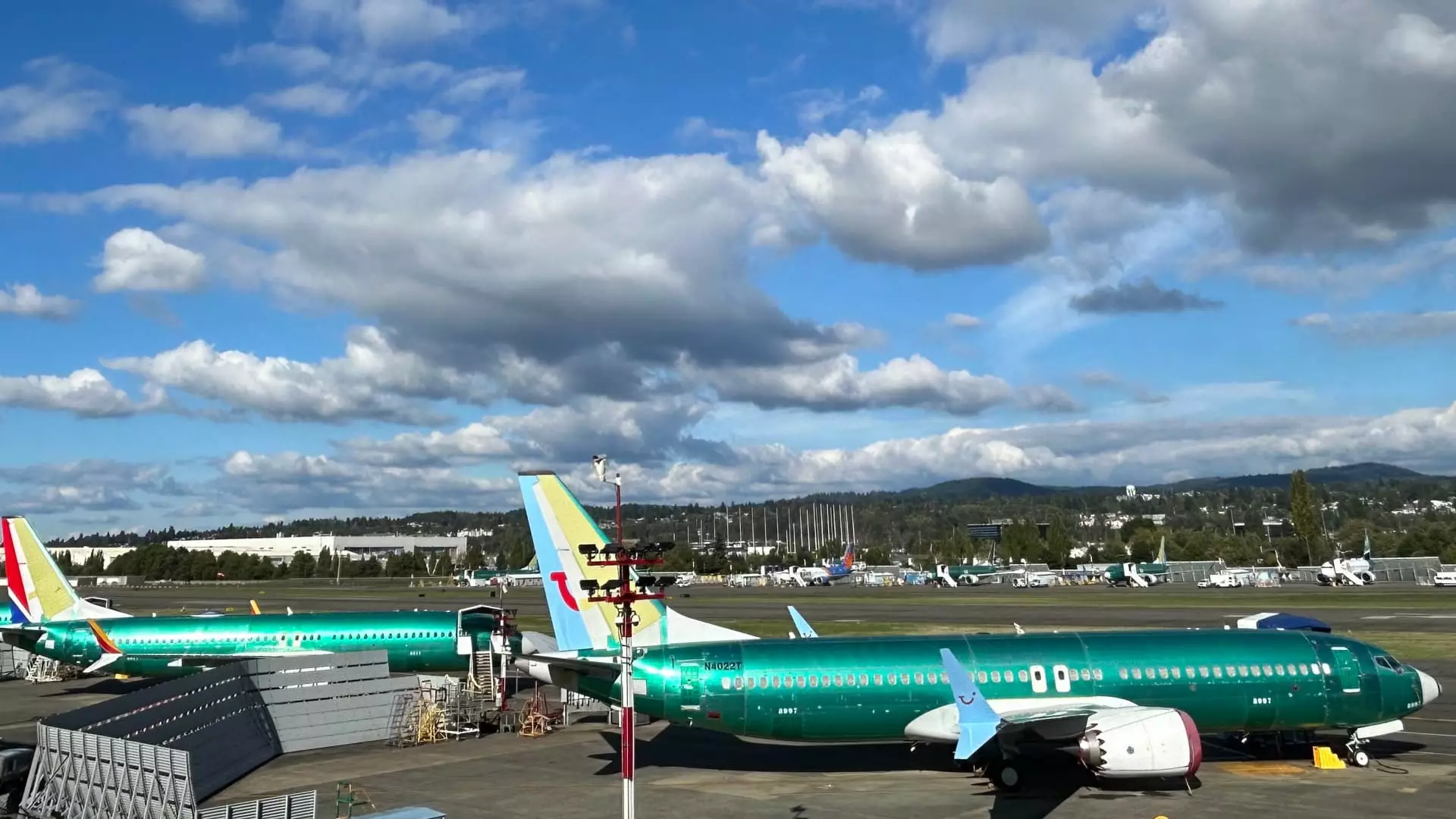In recent weeks, President Donald Trump has made headlines not just for his political maneuvers, but also for expressing exasperation over Boeing’s prolonged timeline regarding the new Air Force One jets. These iconic aircraft, designated to replace the existing fleet, are officially marked as delayed— a situation that has parents in the White House anxious and critical of Boeing’s performance. The $4 billion contract, negotiated during Trump’s initial term, has faced significant setbacks, with cost overruns exceeding $2 billion. The complexity of military contracts, intricate timelines, and logistical hurdles showcase a concerning landscape for an aircraft manufacturer that finds itself in murky waters.
Negotiations for these aircraft were intended to yield timely replacements for the aging 747s currently in use. However, as the delays stretch on, questions arise regarding the effectiveness of the negotiation process itself. Although Trump is a self-proclaimed dealmaker, the arduous journey to procure these jets raises concerns about whether key details were adequately prioritized. Expectations were set high, and the public appears to remain skeptical about the timeline for when these planes may eventually enter service.
Trump’s frustrations illustrate a larger trend among Boeing’s clientele, as ongoing issues plague the manufacturer. The expectation of punctual delivery for high-profile contracts is exacerbated by the simultaneous demands of commercial customers grappling with post-pandemic recovery. The results of these delays could be severe; the image of Air Force One, a symbol of American power and prestige, suffers when its delivery is postponed, further complicating the matter for an already bewildered administration.
To alleviate the delays, Trump has enlisted the help of his longtime advisor, Elon Musk, the owner of SpaceX and a notable innovator within the aerospace sector. Musk’s involvement with Boeing signifies a shift in strategy, potentially integrating fresh perspectives and innovative solutions. Kelly Ortberg, Boeing’s CEO, praised Musk for his capacity to differentiate technical requirements from unnecessary constraints. This collaborative approach may serve as a façade of hope amid a backdrop of frustration, demonstrating a willingness to embrace unconventional solutions in the face of adversity.
While Musk’s proactive measures indicate potential optimism, it remains to be seen whether such strategies yield tangible results in terms of aircraft delivery. As Trump floated the idea of “buying or getting a plane,” it revealed the administration’s desperation for a solution, regardless of the process involved. This could undermine Boeing’s position further, as competing suppliers may seize the opportunity to position their aircraft as viable alternatives.
Interestingly, amidst the scrutiny facing the firm, several industry executives have voiced newfound optimism regarding Boeing’s trajectory. Perceptions are slowly shifting as leaders from major airlines like United Airlines and Southwest Airlines note the potential for improvement. After Ortberg’s leadership switchover in August, certain stakeholders report positive progress in production reliability, addressing some of the skepticism that has clouded Boeing’s reputation in recent years.
Yet, the industry’s cautious optimism must be tempered with pragmatism. Challenges remain, including supply chain complications and quality control issues that could derail Boeing’s attempts to return to pre-eminence in the aviation sector. Executives voiced a resolute confidence in the forthcoming deliveries of the MAX aircraft, but as history has taught industry insiders, confidence can be a double-edged sword.
The saga surrounding Air Force One is emblematic of larger themes in the aerospace industry today. The interlinking of government contracts, corporate performance, and public perception demonstrates how fragile these relationships can be. With the growing complexities of global supply chains and a rapidly evolving business landscape, even giants like Boeing can face unforeseen hurdles. The outcome of this specific contract may have eventual ramifications beyond the confines of the White House.
In summation, as stakeholders look toward the future of Air Force One and the potential delivery of Boeing’s aircraft, the interplay between innovation, corporate accountability, and political pressures will continue to shape the narrative. Ultimately, the hope remains that solutions will materialize, not only fulfilling the demands of the highest office but also restoring faith in Boeing as a pre-eminent force in the aerospace industry.

Leave a Reply